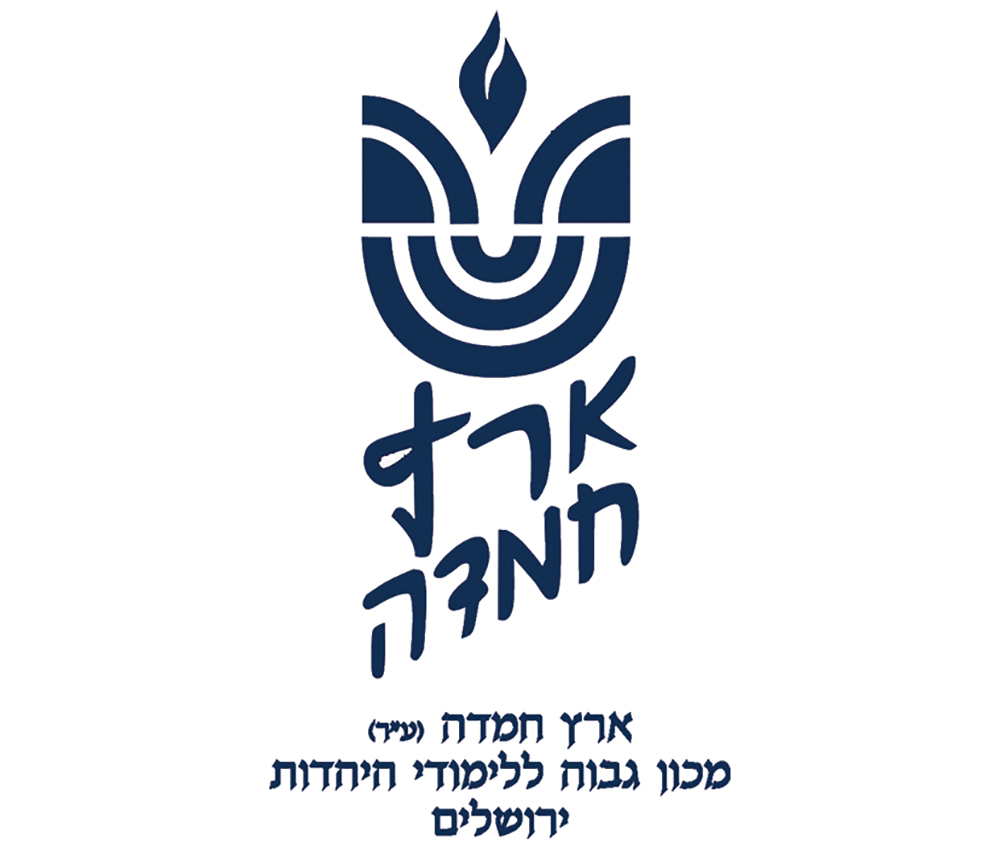לעילוי נשמת
יואל אפרים בן אברהם עוזיאל זלצמן ז”ל
Question: I know that it is forbidden to eat fleishig food when others are eating milchig food. If the dairy food is not there in the context of eating but, for example, someone put it there while reorganizing the refrigerator, may I eat meat at that time?
Answer: We have not found discussion of your interesting case, but an answer apparently emerges by analyzing the underlying principles and “listening to the silence.”
The topic begins with mishnayot (Chulin 103b and 104b) that rule that one must not eat meat at a table that has cheese on it, but may have these foods side-by-side on a table at which food is being prepared. The Shulchan Aruch (Yoreh Deah 88:1, based on Rambam, Ma’achalot Assurot 9:20) explains that the concern is that one might end up eating the two foods together. (Rashi ad loc. speaks about eating one after it is soiled by the other.) Another mishna (ibid. 107b, according to the Gemara ibid.) says that two people who do not know each other may eat milchig and fleishig at the same table (implying that if they know each other, it is forbidden—Shulchan Aruch ibid. 2). The logic is that we do not suspect that one will eat the other’s food.
Your case falls between those of the mishnayot, as follows: 1. On the one hand, you are eating and not merely working with food, but on the other hand, the second food is not being eaten. 2. While in your case, there is no one else eating who may interest you in the other type of food, there is also no one eating the other food who may stop you from eating it.
According to the Shulchan Aruch’s reasoning (he may eat the other food), if he is eating and there is available food, the fact that the second food is not being eaten now (no. 1) does not seem to take away the temptation of eating it. Regarding the absence of a second person (no. 2), we find in poskim, including the Chochmat Adam (40:11), that the problem is at least as bad when one is eating alone.
Does intention take away the concern that he might eat anyway? Lack of explicit sources for such a distinction is a strong indicator that we cannot create one. Furthermore, in the regular forbidden case, a kashrut-observant person who is eating meat is not planning to eat milchig food for hours, and still halacha forbids it to be on his table. The argument to reject this leniency is also strengthened by the Gemara (ibid. 107b), which explicitly applies to this prohibition the concept of “lo plug” (we apply the halacha broadly even to specific cases where the logic does not fully apply).
There are, though, acceptable leniencies found in the Gemara and poskim regarding this halacha. The Gemara (Chulin 107b) says that the prohibition is only when the two people are eating in one “tefisa.” Most Rishonim (see Tosafot ad loc.; Beit Yosef, Orach Chayim 173) say that this means that if there is a noticeable separator (heker) between the two foods, it is permitted (we assume it applies even when a person is eating alone (see Chochmat Adam ibid.). This includes having one eating on a different surface (e.g., via a tablecloth or place mat) than the other (Rama, Yoreh Deah 88:2). Placing objects with some height that are not usually on the table also helps (see ibid., Taz ad loc. 4). Also, the Pitchei Teshuva (ad loc. 3) rules that it is permitted when the other food is far enough away that one cannot reach it without getting up.
There may be further leniency in a case where the other food is still packaged, as Rashi’s reason about food getting soiled would not apply. While Badei Hashulchan (88:6) is stringent, there is an opinion (Rashash, Chulin 103b) that it is permitted to eat one type of food when the other one is in a utensil (i.e., it is unlikely the foods will touch). If the food is on the table in a way that it is clear to all that it is not to be eaten now (e.g., it is in a supermarket bag along with other foods), then, arguably, the situation serves as a heker. However, since these are conjectures and the accepted solutions are easily accomplished, one should avail himself of the standard solutions.
Rabbi Mann is a dayan for Eretz Hemdah and a staff member of Yeshiva University’s Gruss Kollel in Israel. He is a senior member of the Eretz Hemdah responder staff, editor of Hemdat Yamim and the author of “Living the Halachic Process, Volumes 1 and 2” and “A Glimpse of Greatness.”











